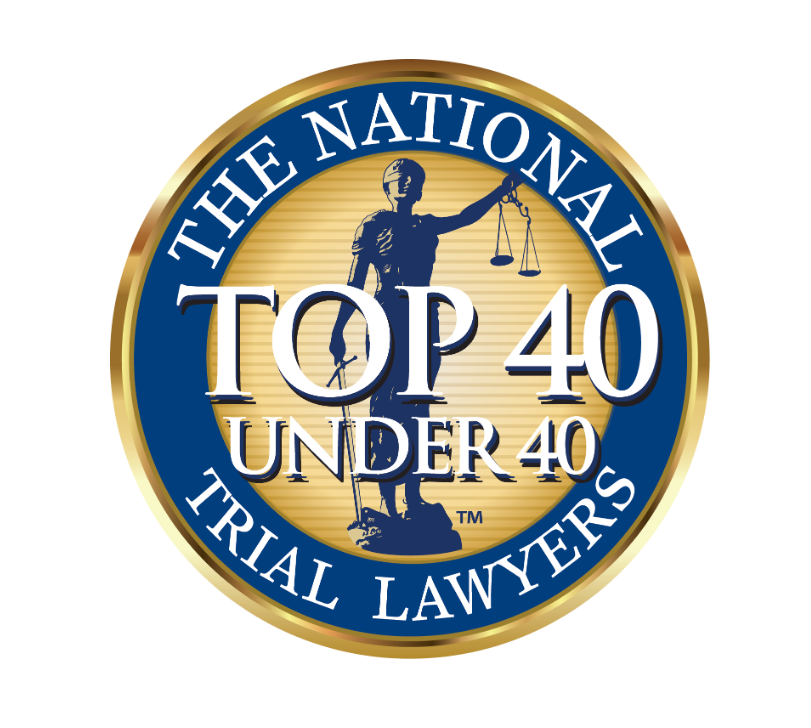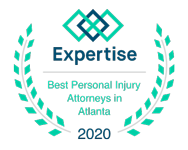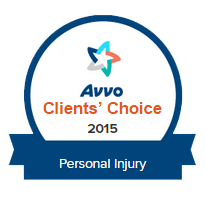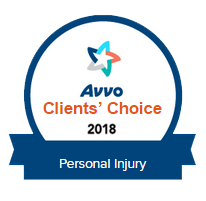In an accident situation, pedestrians are at a significant disadvantage. This is largely due to a pedestrian’s direct exposure to the ground and lack of protective covering. When a vehicle forcefully strikes a pedestrian and lands on the ground, they are likely to suffer traumatic and sometimes deadly injuries.
If you or someone you love sustained injuries in a recent pedestrian accident, consult an experienced Atlanta pedestrian accident attorney as soon as possible.
Your lawyer can handle the evidence-gathering and claims-filing processes for you, negotiate with the at-fault party’s insurance company, and pursue a settlement that fairly compensates you for your injuries. Alternatively, your lawyer can aggressively pursue a favorable litigation result in the state court system.
Schedule a Free Initial Consultation Today!
Where Do Pedestrian Accidents Happen?
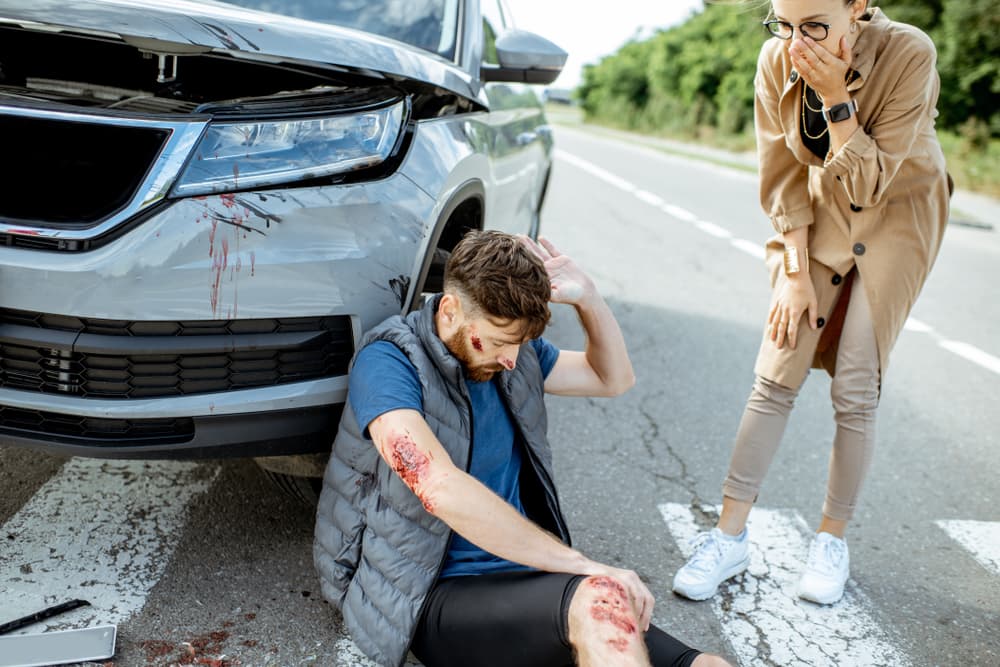
Pedestrian accidents can occur in various locations, but certain areas are more prone to such incidents due to factors like heavy foot traffic, complex intersections, and specific environmental conditions.
Some of the most common pedestrian accident locations include:
- Busy Streets and High-Traffic Roads – Roads with heavy traffic, especially those with multiple lanes and higher speeds, pose significant risks for pedestrians. Accidents are especially common when drivers fail to observe pedestrian rights and violate traffic laws.
- Urban Areas and City Centers – High-density urban areas with bustling city centers often witness a high number of pedestrian accidents. The mix of pedestrians, cyclists, and vehicles in crowded downtown areas can increase collision risks.
- Crosswalks and Intersections – Crosswalks and intersections are frequent sites for pedestrian accidents. Issues arise when drivers fail to yield the right-of-way to pedestrians, run red lights, or engage in distracted driving, putting pedestrians at risk when crossing roads.
- Parking Lots and Driveways – Parking lots and driveways are areas where pedestrians are near moving vehicles. Drivers entering or exiting parking lots may not always be attentive to pedestrians, leading to accidents.
- Public Transportation Stops – Pedestrian accidents commonly happen near public transportation stops, such as train stations or bus stops. The convergence of pedestrians disembarking or waiting for transportation and fast-moving vehicular traffic can result in collisions and injuries.
- Construction Zones – Construction zones often present hazards for pedestrians due to reduced visibility, altered traffic patterns, and potential obstacles. Accidents may occur when pedestrians navigate construction areas alongside vehicular traffic.
- Tourist Areas and Attractions – Locations with high tourist activity, such as popular attractions and landmarks, can experience increased pedestrian accidents – especially with heavy vehicular traffic in the vicinity.
- Residential Areas – Residential neighborhoods can be prone to pedestrian accidents, especially when drivers speed in these areas. Children playing near streets or residents walking pets may encounter risks if drivers fail to exercise appropriate caution.
Understanding the common locations for pedestrian accidents is crucial for drivers to exercise heightened caution in these areas. Implementing safety measures, adhering to traffic rules, and promoting awareness can contribute to reducing the occurrence of pedestrian accidents in these identified hotspots.
Common Causes of Local Pedestrian Accidents
Pedestrian accidents can result from various factors, and understanding the most common causes is crucial for preventing these incidents and improving road safety.
Here are some prevalent reasons for pedestrian accidents:
- Failing to Yield the Right-of-way to Pedestrians at the Proper Times – Drivers not yielding the right-of-way to pedestrians, particularly at crosswalks and traffic intersections, is a significant cause of accidents. Failing to yield may lead to serious injuries, as pedestrians legally have the right to cross the road safely.
- Poor Visibility – Inadequate visibility, especially during low-light conditions or inclement weather, further contributes to pedestrian accidents. Drivers may struggle to see pedestrians or drive too fast for the prevailing weather or traffic conditions.
- Distracted Driving – Distracted drivers, often engaged in activities like texting, making phone calls, or fiddling with in-car entertainment systems, may fail to notice pedestrians nearby. Distraction diverts attention from the road, increasing the risk of collisions with pedestrians.
- Excessive Speeding – Speeding drivers have reduced reaction times and may find it challenging to stop suddenly when pedestrians enter their path. High speeds increase the severity of accidents and reduce the likelihood of drivers avoiding collisions with nearby pedestrians.
- Turning Vehicles – Pedestrians are vulnerable when vehicles make turns at traffic intersections. Accidents can happen when drivers fail to check for pedestrians in crosswalks while making turns, especially during right turns at red lights.
- Disregarding Traffic Signals – Pedestrian accidents often occur when individuals ignore traffic signals and attempt to cross roads against red lights or outside designated crosswalks. This behavior increases the risk of collisions with vehicles.
- Reckless Driving – Reckless driving behaviors such as aggressive driving, weaving through traffic, and tailgating can put pedestrians at risk. Reckless drivers may not adhere to speed limits or exercise caution in areas with high pedestrian activity.
- Intoxicated Driving – Driving while under the influence of drugs or alcohol poses a serious threat to pedestrians. Impaired drivers may have impaired judgment, blurred vision, and limited reflexes, making it more likely for them to collide with pedestrians.
- Lack of Adequate Infrastructure – Inadequate pedestrian infrastructure, such as poorly designed crosswalks, insufficient signage, or absence of pedestrian signals, frequently contributes to accidents. Well-designed and properly maintained infrastructure is essential for pedestrian safety.
Enhancing pedestrian safety requires a combination of responsible behavior from drivers, improved infrastructure, and increased awareness. Unfortunately, too many drivers refuse to use proper care around pedestrians, so accidents and injuries continue to occur.
Injuries that Pedestrian Accident Victims Suffer

Pedestrian accidents often result in a range of injuries due to the vulnerability of individuals on foot when involved in collisions with vehicles.
Common pedestrian-accident injuries include:
- Soft tissue muscular contusions
- Fractures and broken bones
- Internal organ damage
- Bruises
- Open cuts and lacerations
- Facial injuries
- Spinal cord and paralysis injuries
- Amputations
- Crush injuries
Victims of severe pedestrian accidents may also experience intense psychological suffering, including post-traumatic stress disorder (or PTSD), mental distress, and emotional anguish, for which an accident victim may pursue compensation.
Recovery from pedestrian-accident injuries often requires extensive medical treatment, rehabilitation, and psychological support. Seeking prompt medical attention and pursuing appropriate legal avenues for compensation are crucial steps for individuals affected by pedestrian accidents and their resulting injuries.
Proving Your Pedestrian Accident Case
In a pedestrian accident claim or lawsuit, establishing liability and proving the legal elements of the case are crucial for a successful outcome.
The legal elements of proof in a pedestrian accident claim typically include:
- Duty of Care – The plaintiff (or the injured pedestrian) must demonstrate that the defendant (usually the at-fault driver) owed them a legal duty of care. In pedestrian accident cases, drivers have a legal duty to exercise reasonable care to avoid causing harm to pedestrians on or near the road – especially while the pedestrian is lawfully present in a crosswalk.
- Breach of the Legal Duty – The plaintiff must establish that the defendant breached their duty of care somehow. This involves showing that the driver failed to act reasonably, such as speeding, driving while distracted, disregarding traffic signals, or engaging in other negligent maneuvers that caused the pedestrian accident.
- Causation – Causation requires showing that the defendant's breach of duty was a direct cause of the pedestrian's injuries. The plaintiff must establish a clear link between the driver’s negligent actions or inactions and the pedestrian's injuries.
- Damages – To pursue a successful claim, the pedestrian must have suffered physical, emotional, or financial damages.
- Proximate Cause – Proximate cause relates to foreseeability. In other words, the injured plaintiff must show that their injuries were a foreseeable consequence of the defendant driver's negligent actions. If the harm they suffered is too remote or unforeseeable, it may weaken their claim.
Testimony from eyewitnesses can be crucial in corroborating the events leading up to a pedestrian accident. Witnesses may provide valuable insights into the actions of the pedestrian and the driver, helping establish liability in the case.
Official police reports generated at the accident scene may also be important evidence. These reports typically include details about the accident, statements from involved parties and witnesses, and any citations the responding police officer issued to the at-fault motorist.
Medical records and expert testimonies are also valuable for proving the extent of injuries that the pedestrian suffered. These documents establish a direct connection between the accident and the medical treatment required, contributing to the calculation of damages.
Finally, photographs or videos taken at the accident scene can provide visual documentation of the damages, road conditions, and the positions of the involved parties. This tangible evidence can further support the pedestrian's version of events.
Successfully proving these legal elements in a pedestrian accident claim often requires thorough investigation, the gathering of compelling evidence, and effective legal representation. Consulting with an experienced personal injury attorney can guide the injured pedestrian through the legal process, ensuring a strong and well-supported case.
Recovering the Compensation You Need for Your Losses
The compensation a pedestrian can recover for injuries in an accident varies based on several factors.
These considerations influence your compensation:
- Severity of Injuries – The extent and severity of the pedestrian's injuries play a significant role in calculating compensation. Severe injuries that result in long-term disabilities or significant impairment generally lead to higher compensation amounts for injured accident victims.
- Medical Costs – The medical expenses that the accident victim incurred to treat injuries are a key component of compensation. This includes related hospital bills, surgeries, rehabilitation, prescription medications, and any other necessary medical interventions. Documenting and presenting detailed records of these expenses is crucial to obtaining a favorable monetary recovery.
- Pain and Suffering – Non-economic damages, such as pain and suffering, emotional distress, and a diminished quality of life, contribute to compensation in a pedestrian accident case. Calculating these damages involves subjective assessments and often requires legal experience.
- Lost Wages and Future Earnings – Compensation may cover lost income if the pedestrian cannot work due to the injuries they sustained in their accident. Additionally, if the injuries result in long-term or permanent disability, compensation for anticipated lost earnings may be available.
- Property Damage – Compensation may also include replacing or repairing damaged personal property, such as clothing, electronic devices, or other items affected in the accident.
- Rehabilitation and Therapy Costs – Ongoing rehabilitation and therapy costs necessary for the pedestrian's recovery may contribute to compensation. This includes physical therapy, occupational therapy, and any other therapeutic interventions.
- Permanent Disability or Disfigurement – Compensation may be higher if the pedestrian sustains permanent disabilities or disfigurement due to the accident. These factors significantly affect the individual's life and may increase damages.
- Available Insurance Coverage – The available insurance coverage from the at-fault driver's liability insurance and the pedestrian's own insurance policies can influence the total compensation amount. If the at-fault driver is underinsured or uninsured, the pedestrian's own insurance coverage, such as uninsured/underinsured motorist coverage, becomes relevant.
- Legal Representation – The quality of legal representation also affects the compensation-recovery process. An experienced personal injury attorney can negotiate with insurance companies, build a strong case, and advocate for the maximum compensation the pedestrian receives for their losses.
Each pedestrian accident case is unique, and the abovementioned factors interact in complex ways. A knowledgeable pedestrian accident attorney in your area can provide tailored guidance based on your specific accident circumstances and will pursue the fair and just compensation you deserve to recover.
Contact a Pedestrian Accident Attorney in Your Area Right Away
You need to consult an experienced personal injury lawyer as soon as possible after suffering injuries in a pedestrian accident. This is because, in most cases, injured accident victims have only two years from their accident date in which to file a lawsuit seeking compensation for their injuries. Otherwise, they may inadvertently waive their right to receive monetary recovery.
A pedestrian accident lawyer near you can aggressively fight for your interests in pursuit of the financial recovery you deserve – through settlement or in court. However, you must take the first step and hire the right law firm.
Consultations with injury lawyers should be free of charge with no obligation to hire them, so you have nothing to lose by discussing a possible case with a professional. Seek your no-cost case evaluation today so a pedestrian accident lawyer can advise on your best legal options.
